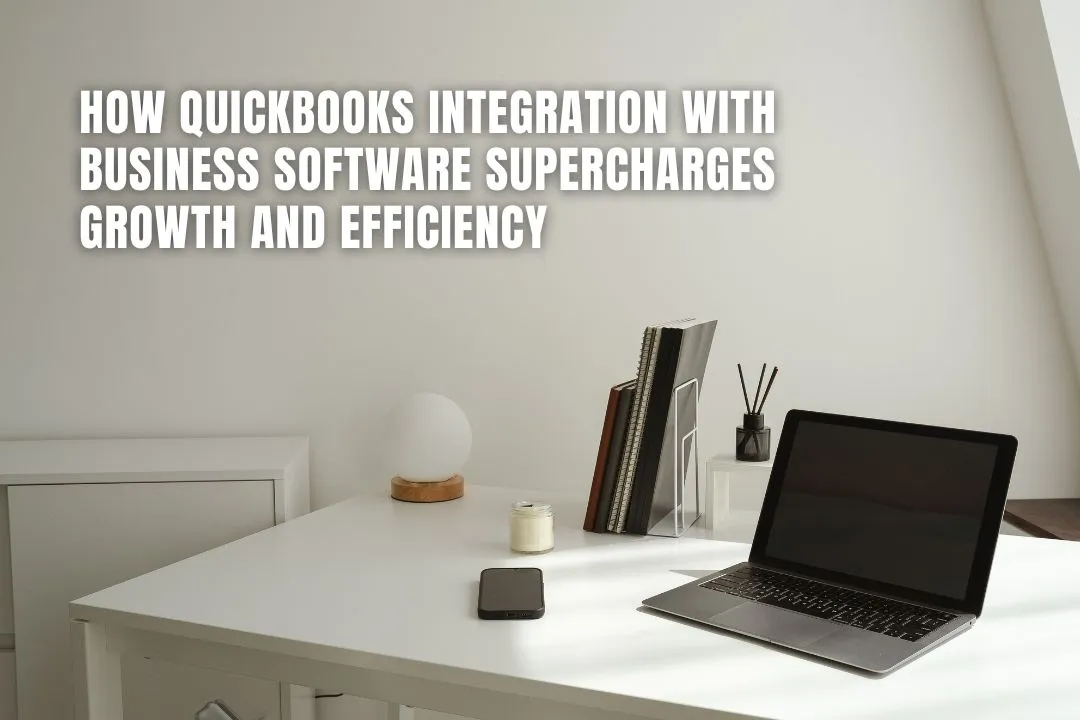
Small to mid-sized businesses (SMBs) often begin with QuickBooks because it's affordable, easy to use, and reliable. It's the backbone of accounting for many emerging businesses seeking structure without the overhead of enterprise systems.
But as operations become more complex, QuickBooks alone may not keep up with the growing demands. Businesses need scalable, flexible tools that support multiple functions, without the data silos.
One increasingly popular solution is NEX Software for QuickBooks, which offers a streamlined way to enhance functionality while maintaining the familiar QuickBooks interface. Through integration, companies unlock smarter workflows, better data alignment, and greater potential for scalable growth.
Running a business involves a host of moving parts: sales, customer service, inventory, operations, and finance. Managing these departments in silos is not only inefficient but also risky. By integrating QuickBooks with business management software, entrepreneurs eliminate manual entry, reduce errors, and get holistic visibility into their company’s performance.
Separate systems for finance, sales, and operations often lead to:
These inefficiencies stifle growth, particularly in fast-paced industries or digitally evolving sectors.
When integration is done right, the impact on daily operations and strategic planning is transformative. Here’s how:
Every entrepreneur knows the headache of reconciling conflicting numbers across departments. Integration ensures data is updated in real time across all platforms. Whether it's a new invoice or an inventory update, the change is reflected everywhere, eliminating the risk of human error.
From invoicing and payroll to order processing and CRM updates, automation frees up time and mental energy. By automating repetitive tasks, businesses can focus on scaling, innovating, and providing top-tier customer experiences. Beaconinside offers integration-ready solutions that support this kind of efficiency, particularly for businesses managing physical location data. Learn more on their software integration solutions page.
Integration means you’re no longer waiting for end-of-month reports. With real-time dashboards and analytics, leadership can make proactive decisions. This is especially valuable during periods of rapid growth, when agility is critical to success.
Not all business software is created equal. Some tools focus narrowly on one area, but to truly boost performance and streamline operations, it’s essential to use platforms that offer seamless integration across departments:
A CRM system that’s tied to QuickBooks keeps sales, marketing, and customer service in sync. You can view the full customer lifecycle, from lead generation to final invoice, in one place. This transparency not only boosts efficiency but also strengthens client relationships.
Accurate stock levels and automated order fulfilment prevent stockouts and overstocking. This is vital for businesses with tight margins or just-in-time supply chains. According to an article by the Forbes Technology Council, inventory optimisation can improve profitability by 10–30% for SMBs. You can read more about it here.
Tools that consolidate financials with operational metrics give business leaders a unified and detailed understanding of how resources are performing across the organisation. This convergence of data breaks down departmental silos and ensures that financial figures are directly aligned with operational activities.
When management can see how resource allocation impacts profit margins or how operational delays affect revenue, they are better equipped to take proactive measures.
These tools provide actionable intelligence by:
Ultimately, this holistic view empowers smarter financial planning and more strategic decision-making, making it easier to align daily execution with long-term growth goals.
One standout solution is NEX Software, designed to complement QuickBooks by integrating CRM, inventory, and reporting tools. It simplifies workflows and helps business owners scale without needing to hire entire back-office teams. More importantly, it aligns with Robin Waite’s philosophy of building lean, agile business models (Business Growth Coaching).
For companies like Beaconinside that deal with location-based services and data analytics, seamless integration between financial software and operational platforms is essential. Tracking campaign performance, resource allocation, and client billing all in one environment ensures faster turnaround, higher client satisfaction, and better use of internal resources.
QuickBooks alone is a powerful tool, but its real potential is unlocked when paired with integrated management software. The combined system becomes the nerve center of a modern business, capable of handling far more than bookkeeping alone.
Whether you're aiming to improve decision-making, streamline day-to-day operations, or scale customer engagement, solutions like NEX Software for QuickBooks enable businesses to work smarter, not harder.
With the right integration in place, your business isn't just keeping up, it's positioned to scale with confidence. QuickBooks and NEX Software together deliver the visibility and efficiency needed to drive long-term growth.